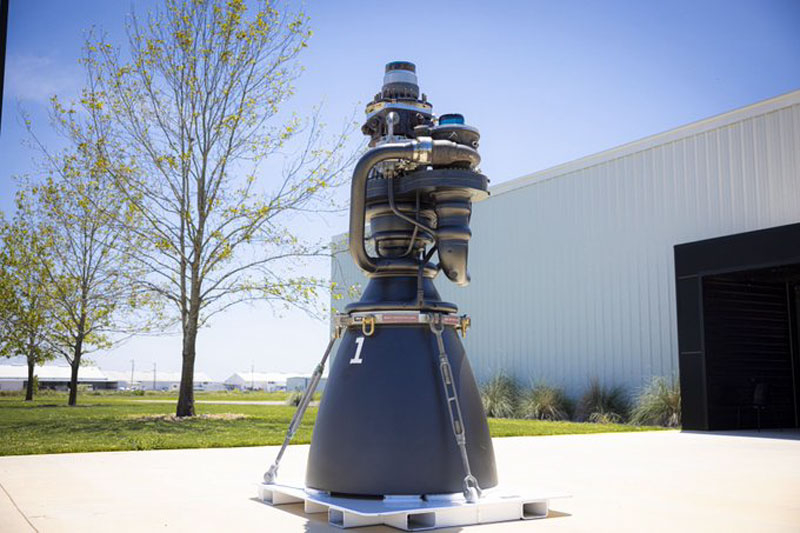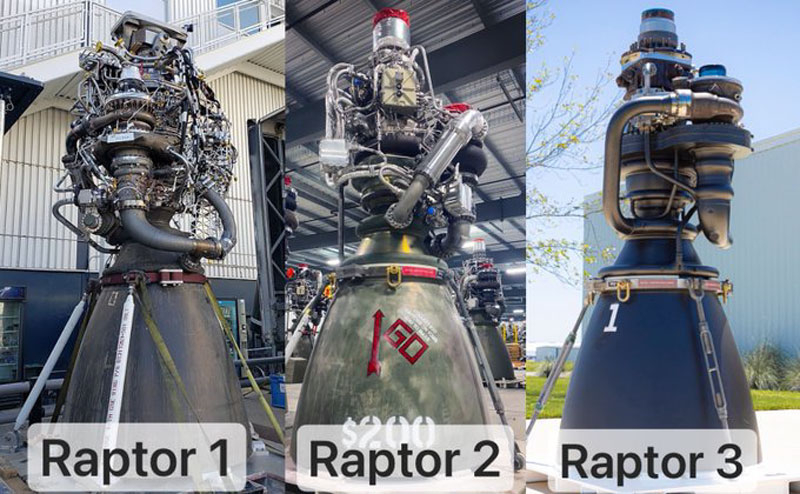The head of SpaceX, Elon Musk, published on the X network (formerly Twitter) an image of the first production copy of a new generation rocket engine – Raptor 3 (SN1). “This is a work of art,” Musk said in the caption. The engine has become lighter, more powerful and more elegant, which is simply impossible to argue with.

Image source: @elonmusk
Almost all channels for transporting fuel and systems for ensuring the operation of the Raptor 3 engine are moved inside the streamlined body. Parts of the engine transport system are manufactured using 3D printing. The Raptor 3 components are devoid of many of the previous mechanical connections (threaded and otherwise). On the one hand, it’s really beautiful. But doubts remain about the ease of disassembly and maintenance, since the Raptor engine family was designed for reusable use. We hope Musk will dispel them.
«The amount of work required to simplify the Raptor engine, integrate secondary feed paths, and add regenerative cooling for exposed components was staggering, Elon Musk explained in the photo’s caption. Now the engine requires less space and there is no need for a heat shield for a number of components.
«As a result, Raptor 3 does not require any heat shield, eliminating the weight and complexity of the heat shield as well as the fire suppression system. It is also lighter, has more thrust and is more efficient than Raptor 2,” Musk added.

Comparison of three generations of Raptor engines. Image source: @RiyanMendonsa
The stated thrust of the Raptor 2 engines at sea level reaches 230 tf. The Raptor 3 engine, although this has not yet been officially reflected, is expected to produce a thrust of up to 330 tf at sea level. It will be possible to install more such engines on the Super Heavy accelerator and the Starhip ship, thereby increasing the complex’s payload capacity by 15–20%.